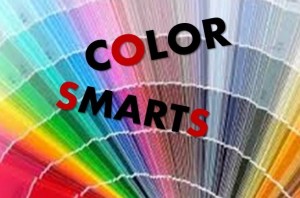 I love paint shopping. I have fun looking at the names assigned to the hundred and hundreds of colors available. So many Reds-Blacks-Blues-Greens-Oranges-Whites-Purples-Pinks-Browns-Yellows and ALL the colors in between. Sometimes I think the folks who assigned the names are wanna-be novelists. They do know the importance of naming a color.
I love paint shopping. I have fun looking at the names assigned to the hundred and hundreds of colors available. So many Reds-Blacks-Blues-Greens-Oranges-Whites-Purples-Pinks-Browns-Yellows and ALL the colors in between. Sometimes I think the folks who assigned the names are wanna-be novelists. They do know the importance of naming a color.
Visual imagery is important. It can evoke emotion, mood, tone, convey character, foreshadow, or be ironic. So, assigning a color name might be important in your story. ( Or not, depending on your genre and authorial voice.)
Next time you watch a movie pay attention to the lipstick color worn by the women. A gal in a matte dark red is usually the “bad” one. Even the level of gloss reveals the character’s personality.
Color imagery is easily conveyed in written form.
Does your character wear a red dress? What kind of red dress? Red—beyond the western symbolism of lust, power, and anger—doesn’t really tell a reader all that much—which is OK if that’s your intent. BUT, if you want to add a bit of symbolic punch to your writing be mindful of the names used when describing color.
- A rose-colored dress conveys ladylikeness or love.
- A cherry dress is suggestive of sexual prowess or desire, or…ahem…a woman wishing to be deflowered.
- An apple-red dress suggests something forbidden or idyllic.
- A blood-red dress…well, when you mix two symbolic words you get a metaphoric punch in the symbolic face!
- A woman with ruby lips is sultry and expensive.
- A woman with candy-apple lips sounds like a damn good fun time.
You’ve all seen the meme dismissing color symbolism and yet consider this, fabric described as bone produces a much different emotion than one described as snow.
Consider the following when assigning a color name:
- Genre: Sweet Romance novels might use more romancy color names. (caramel—sweet and gooey, like love—instead of light brown ). Historical fiction authors need to be mindful of using color names that didn’t exist in that century. A lipstick-red dress isn’t gonna work if they had no lipstick back then. You’re better off using a descriptor like ruby.
- Foreshadowing: In Haruki Murakami’s Kafka on the Shore there’s a lot of blue. One of the main characters wears only blue.
- Revealing character: Is your character a murderer? He/she might see their color world in shades of viscera. A gardner or florist they may see their world in shades of blooms and flora. A chef or a woman on a diet might describe the world with food colors.
- Mood and/or tone: Is your novel dark? Light and happy? Full of irony? Religious? Sarcastic? Is your main character clueless, evil, dying, in-love, oppressed, or stoned? Using a color descriptor specific to tone, mood or character will convey that.
There are many ways to describe color.
-
Jewel tones convey preciousness, worth, or rarity.
-
Nature colors convey the idyllic.
-
There are city colors and farmland colors, youthful and aged colors, fun colors, mysterious colors, clean colors and dirty colors, evil colors and good color descriptors.
Does all color need to be symbolic? No, of course not! It’s your novel after all, you can have as much fun ( F. Scott Fitzgerald with The Great Gatsby certainly did ) or not with color as you like.
For more information regarding color symbolism ( and remember there’s a difference between western and eastern color symbolism ) check out the Color Symbolism post.
Have a colorful day!
Related Posts: Rock Your Writing, Symbols & More Symbols; Readin’ & Writin’

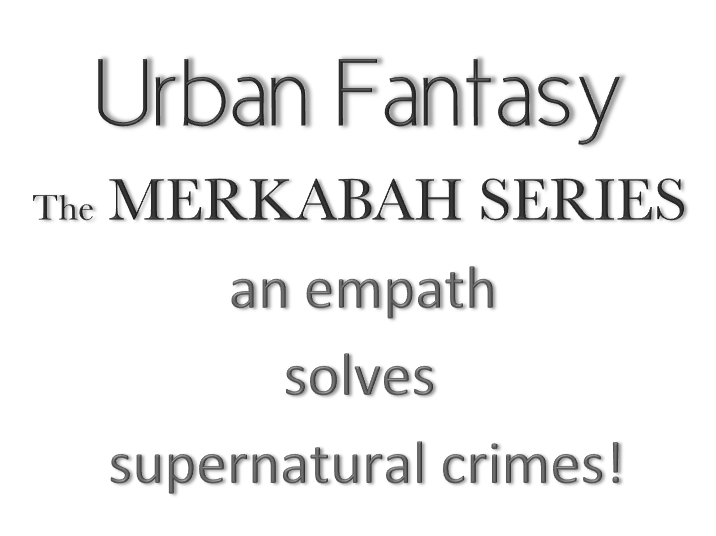
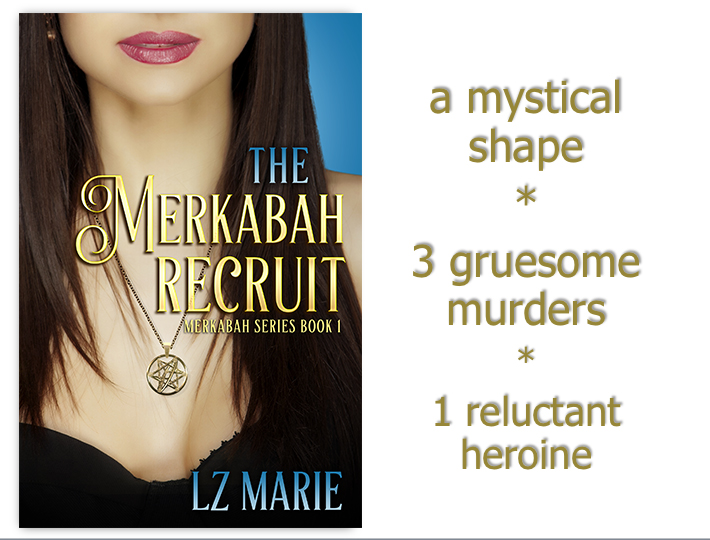
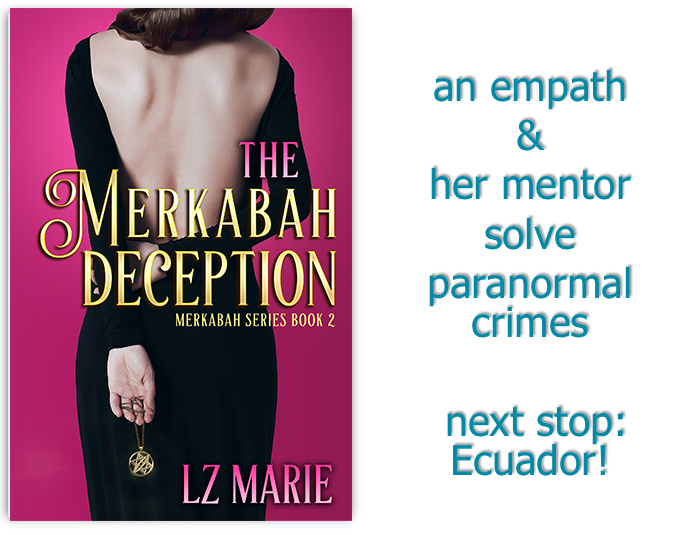
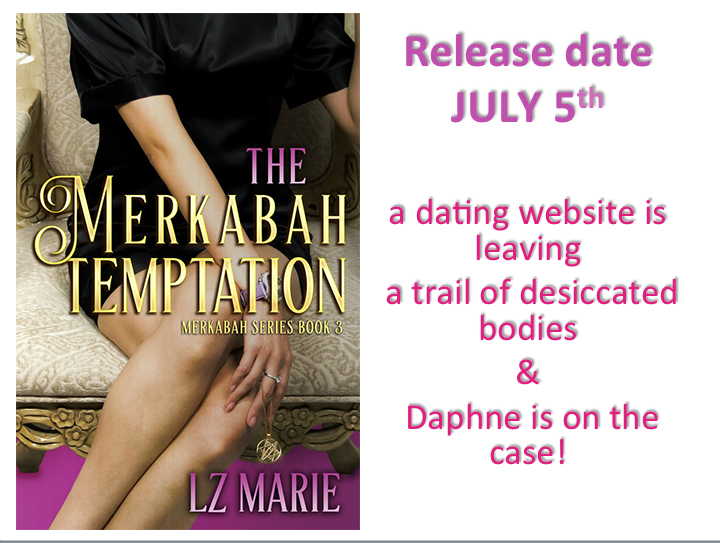










Great blog! Not only can you write well, you can teach others too! What an amazing lady you are 🙂
Well, shucks….Thanks so much! Just trying to put that ol’ literature degree to good use!